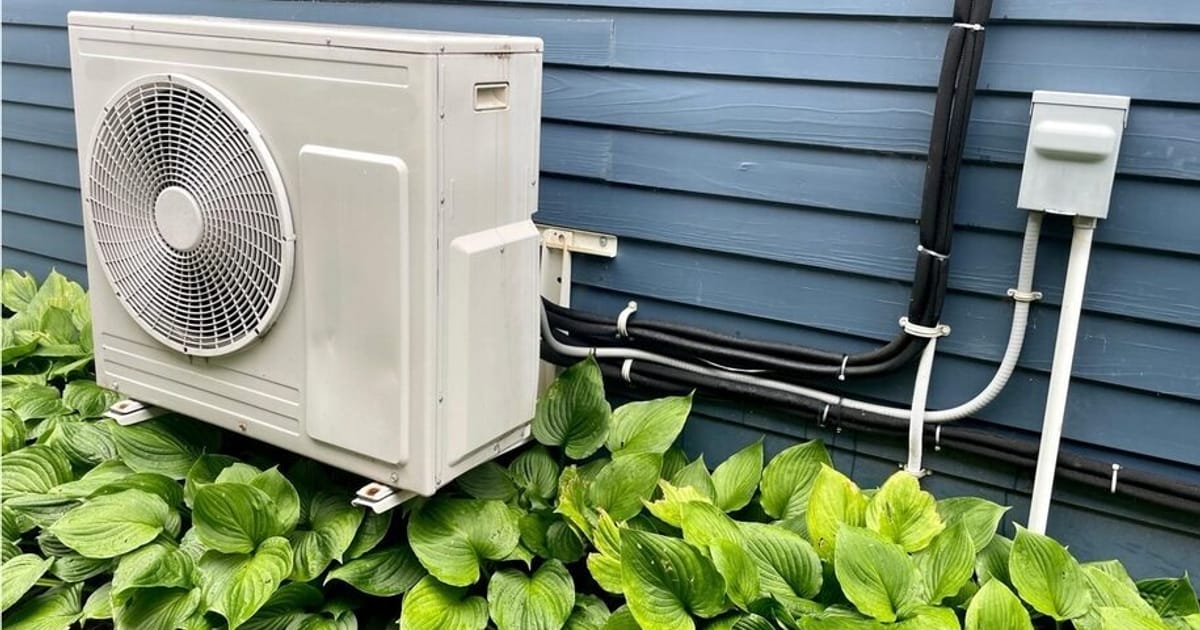To cool the planet, homes will need clean energy makeovers.
That entails households making the switch from fossil-fueled cars and appliances to electric vehicles, heat-pump AC/heaters, heat-pump water heaters and electric stoves, with some even opting for their own clean energy sources — solar panels and batteries.
The historic Inflation Reduction Act makes this transformation easier than ever with generous federal tax credits and $8.8 billion in forthcoming rebates. But there’s no sugarcoating the fact that the pace of consumer adoption right now is too slow, said Kieren McCord, a research scientist in the building systems group at the Pacific Northwest National Laboratory. “We need to understand where the holdup is” — and how to boost the mass appeal of these technologies to realize the full carbon-cutting potential of the IRA.
To tease out answers to these questions, McCord and colleagues surveyed 10,000 American homeowners and renters, who were selected to closely match U.S. census demographics. It’s the largest study exploring household energy behavior and motivations in the U.S. to date, said co-author Tracy Fuentes, an ecologist at PNNL who studies human decision-making.
The analysis, recently published in the journal Energy Policy, reveals the key factors residents weigh, from cost to comfort, when considering home energy upgrades. The team analyzed responses from participants who’ve made decarbonizing changes (like installing a heat-pump system) and those who’ve made non-decarbonizing changes (like installing a new gas stove), because if policymakers and program administrators can tap into all residents’ motivations around home energy updates, they stand a better chance of getting more people to embrace energy-efficient, electric equipment, according to the researchers.
So what’s the biggest barrier people face to making home energy upgrades?
By far, it’s the upfront cost. About 65 percent of all respondents had concerns about the expense, more than double the 29 percent of households that stumbled over the next most identified hurdle: unclear costs and benefits. The researchers say that the cost barrier underscores how important it is to publicize and develop programs, like those in the IRA, that help people pay for decarbonizing tech.
Another clear trend is that renters reported rarely making or instigating home energy updates. That’s not surprising since building owners are typically responsible for major renovations and appliances. But it does underscore the fact that “renters need more help” to find opportunities to decarbonize their homes, either on their own or working with the building owner, Fuentes said.
Almost half of the participants surveyed said it’s important to them that the equipment for the upgrade is available through big-box stores, such as Home Depot, Lowe’s and Best Buy. Visibility is key, Fuentes told Canary Media. The team recommends programs that promote zero-carbon appliances through these retailers.
As for what motivates people to make home energy upgrades, the team found that across the U.S., residents who have already made decarbonizing updates are strongly spurred by common desires: to reduce their energy bills and environmental impacts, as well as increase the comfort in their homes.
